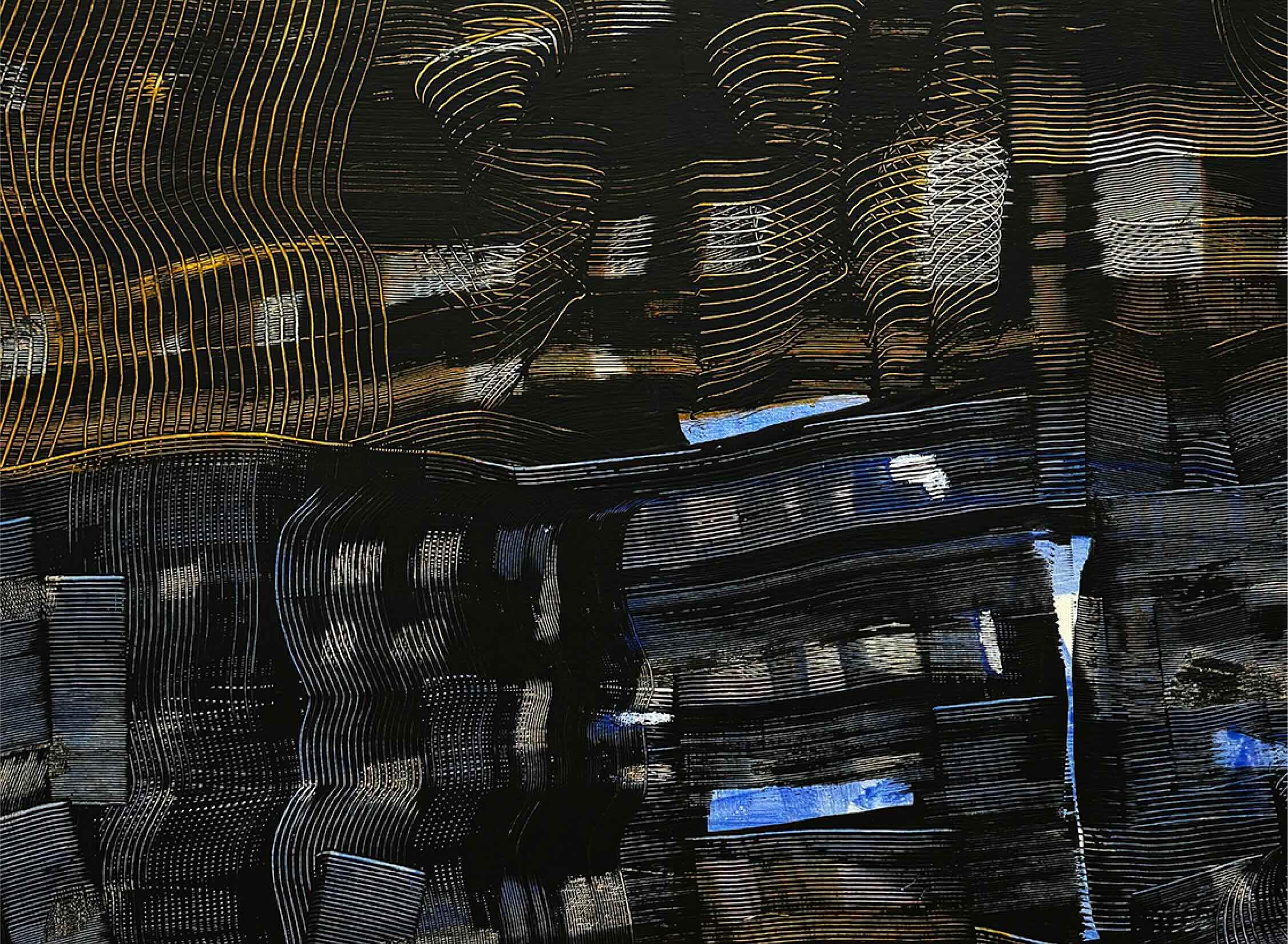
Willy Kautz
Gravitational Counter-Painting
Exhibition
-> Nov 8 2025 – Dec 20 2025
Proyectos Monclova is pleased to present Gravitational Counter-Painting, the first solo exhibition at the gallery by Brazilian artist Willy Kautz, showcasing his most recent series of paintings and watercolors, developed through a technical and conceptual process: the superimposition of two paintings on a single canvas.
The technical process involves applying a monochromatic layer over an underlying painting, effectively concealing it—an act that functions as a gesture of erasure or veiling. Each work begins with an initial painting executed in a gestural, expressionist, or lyrical abstraction/color field style. This initial layer is then overlaid with a monochrome—typically white, grey, or blue—applied as a new pictorial “skin,” generating tensions between flatness and depth, between materiality and visual illusion.
Rather than establishing a dichotomy between figuration and abstraction, Kautz's work proposes a critical inquiry into the limits of painting itself. In this way, the artist introduces the concept of “counter-painting,” understood as “painting over painting” that signals the end of the pictorial narrative. Counter-painting does not erase or negate, but instead reveals a third painting with multiple dimensions: a surface where the visible and the hidden, the historical and the contemporary, the conceptual and the sensorial coexist.
The exhibition’s title refers both to this concept coined by the artist and to the title of the series to which the works belong: Gravitons. Kautz draws on concepts from quantum physics, such as the graviton—a hypothetical elementary particle thought to mediate the force of gravity. Through intersections between modern painting, aesthetics, and scientific thought, the works in this exhibition reflect on the pictorial plane as a gravitational field where organic forms interact.
Thus, Kautz invites viewers to reconsider pictorial praxis not as an exhausted medium, but as a field of inquiry where “the end” unfolds into new material and narrative possibilities.
— Proyectos Monclova